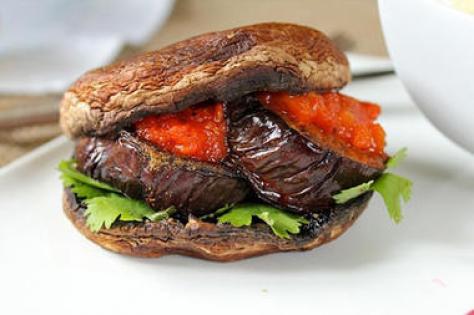Over the last few weeks I have had the opportunity to help educate many kids about general nutrition and nutrition in sport. I was also lucky enough to attend the Sports Dietitian’s Australia conference in Melbourne, which was insightful and inspiring. Each of these experiences has taught me a great deal. In particular I have learnt that kids are active! Even though our statistics tell us that there is a decrease in the activity levels of many children living in Australia, there are still many kids that are active who need good quality fuel in order to keep them going.
When I talk to kids about nutrition I always relate our body back to a car. If you put the good quality petrol in, the car will drive better compared with if we put the cheap, crappy petrol in. Not only will good nutrition help to maintain adequate energy and concentration levels required to enjoy sport and general activity, it will support a child’s overall health, growth and development.
How to fuel active kids?
Active kids need to eat regularly in order to refuel their energy levels, with the preferred fuel source being carbohydrates. A regular day for an active kid can often be a busy one, especially when they are training before or after an already active day at school. To ensure that kids get the good quality fuel they require, use the following tips:
1. Organise to have nourishing meals and snacks on hand to enjoy at home, school, during sport or on the run.
2. Encourage your child to start the day with a nourishing breakfast such as baked beans on toast, a fruit smoothie, toast or a high fibre breakfast cereal topped with fruit.
3. Have some carbohydrate based meals or snacks available to enjoy before, during and after training and sport. Convenient snacks may include tinned, dried or fresh fruit, yoghurt, custard, french toast with ricotta, raison bread topped with ricotta and fruit, flavoured milk, pasta or rice salad, wholegrain English muffins topped with honey, nut butter or vegemite, homemade fruit muffins, sandwiches, smoothies or liquid meals such as Sustagen Sport or an Up and Go.
4. Pack a drink bottle and encourage kids to drink well at school (water being the preferred choice) and during sport to help avoid dehydration. There is a place for sports drinks around sport to help assist with hydration, especially during prolonged or higher intensity sport.
The right meal
To make sure a tired child tops up their fuel tank at the end of the day it is important that fluid is encouraged and a nutrient dense meal is available.
A nutrient dense meal is one that has some carbohydrates for energy (including potato, sweet potato, pasta, noodles, rice or quinoa), protein for recovery and muscle maintenance (including eggs, fish, chicken, legumes or beef), salads and vegetables to help meet fibre, vitamin and mineral requirements and a low fat dessert based on fruit or dairy to enjoy. This can be very challenging, especially when parents and carers are also busy with work, study or their own sport.
To help to ensure a meal is on hand in times of need try some of the following tips:
5. Be organised and plan the meals and snacks for the week.
6. Create a shopping list and get the groceries for the busy week ahead.
7. Plan for meals that are quick and easy to prepare such as stir frys with chicken, vegetables and noodles, fish with vegetables and rice, burritos with minced meat and salad, a tuna and vegetable pasta bake and hamburgers made with lean mince or a vegetable pattie and served with salad on high fibre rolls.
8. Use a mix of fresh, frozen and canned foods such as frozen vegetables, canned legumes (beans) and tinned fruit.
9. Dedicate an afternoon to preparing some meals and snacks that can be frozen and reheated.
10. Put a slow cook meal on in the morning before work so a tasty and healthy meal is ready for when everyone gets home.




